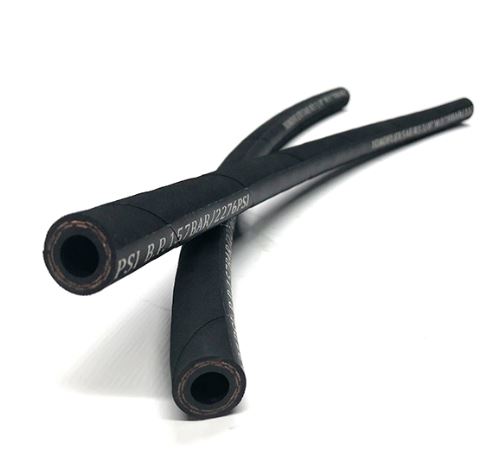oxy acetylene twin hose
The Importance of Oxy-Acetylene Twin Hoses in Welding and Cutting Applications
Oxy-acetylene welding and cutting are fundamental processes used in various industries, from metal fabrication to automotive repair. A crucial component of these processes is the oxy-acetylene twin hose, which plays a pivotal role in ensuring safe, efficient, and high-quality results. Understanding the significance of these hoses can help operators maximize their effectiveness and safety while working with this powerful tool.
What are Oxy-Acetylene Twin Hoses?
Oxy-acetylene twin hoses are specialized tubing systems designed to carry two different gases oxygen and acetylene. The hoses are typically color-coded for safety—often green for oxygen and red for acetylene—making it easy for operators to identify which hose corresponds to which gas. These twin hoses are engineered to withstand high pressures and temperatures, critical for the welding and cutting operations that involve flames reaching temperatures of over 3,200 degrees Celsius.
Structure and Material
The construction of oxy-acetylene hoses is paramount for their performance and safety. They are usually made from durable rubber or synthetic materials that can withstand the harsh conditions of gas welding. The inner lining of the hose must be resistant to degradation from the gases flowing through it. Additionally, the hoses are often reinforced with multiple layers to prevent bursting under pressure. Manufacturers ensure that the hoses comply with safety standards to minimize hazards, such as leaks that could lead to fire risks.
Safety Considerations
Safety is one of the primary concerns when working with oxy-acetylene equipment. The twin hoses must be regularly inspected for wear and tear. Operators should be trained to identify signs of damage, such as cracks, cuts, or bulges, and to replace hoses when necessary. Proper storage is also essential; hoses should be coiled without kinks and stored in a cool, dry place to prevent deterioration.
Another critical aspect of safety is the connection between the hoses and the welding or cutting torch. All fittings should be secure and leak-tested before any operation. Using flame arrestors in the torch and regulators can help prevent flashbacks and potential explosions—making it essential to follow proper safety protocols.
Applications of Oxy-Acetylene Twin Hoses
oxy acetylene twin hose

Oxy-acetylene twin hoses are employed in many applications, making them indispensable in various trades. Some common uses include
1. Welding The oxy-acetylene flame is used to melt and join metal surfaces, allowing for strong and durable bonds. This method is suitable for steel, aluminum, and other metals.
2. Cutting The intense heat produced by the oxy-acetylene flame enables operators to cut through thick metal sheets, making it an invaluable tool in industrial settings.
3. Brazing and Soldering The controlled heat allows for effective brazing and soldering, essential in plumbing and electrical work.
4. Heating Oxy-acetylene torches can also be used for heating metals prior to bending or forming, allowing for safer manipulation of materials.
Maintenance and Best Practices
To ensure the longevity and reliability of oxy-acetylene twin hoses, implementing regular maintenance and adhering to best practices is crucial. Operators should
- Avoid dragging hoses across sharp edges or hot surfaces to prevent damage. - Keep hoses free from oil, grease, and chemicals that could degrade the material. - Always store hoses properly, coiling them loosely and avoiding tight bends or twists. - Use proper-sized hoses that match the application’s requirements and ensure efficient gas delivery.
Conclusion
Oxy-acetylene twin hoses are essential components in welding and cutting operations, offering a reliable means to deliver gases safely and efficiently. By understanding their structure, safety considerations, and applications, operators can enhance performance while adhering to essential safety protocols. With responsible usage and regular maintenance, oxy-acetylene twin hoses can provide years of dependable service, making them invaluable tools in the metalworking industry. Whether you are a seasoned professional or a novice welder, ensuring proper handling of these hoses is crucial for achieving high-quality outcomes while maintaining a safe work environment.
-
Welded Wire Mesh Panel: Durable, Versatile, and AffordableNewsJul.28,2025
-
Top Quality Oxy Acetylene Hoses for Sale Fit for Welding DemandsNewsJul.28,2025
-
The Future of Pneumatic Air Tubes in IndustryNewsJul.28,2025
-
Superior and Reliable LPG Hose Pipe Solutions for Every NeedNewsJul.28,2025
-
Exceptionally Durable and Versatile Premium Braided PVC TubingNewsJul.28,2025
-
Best Adapters for Connecting Garden Hose to PVC Pipe ConnectionsNewsJul.28,2025














